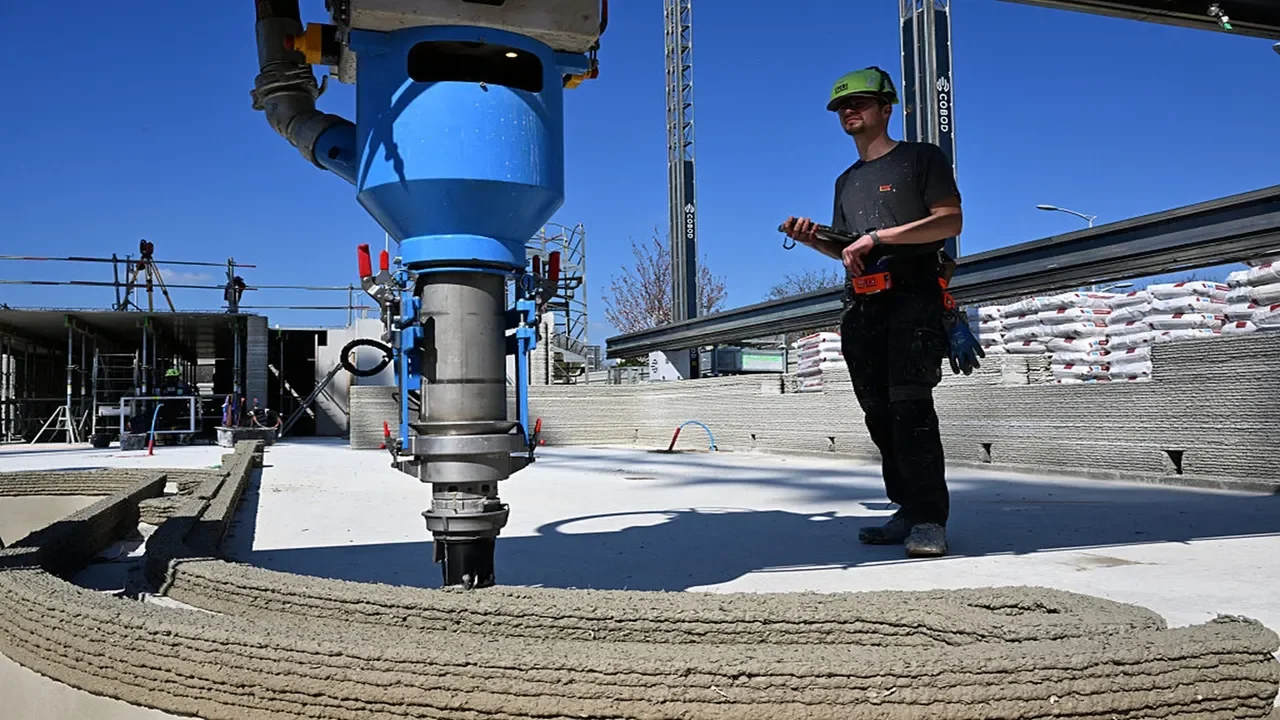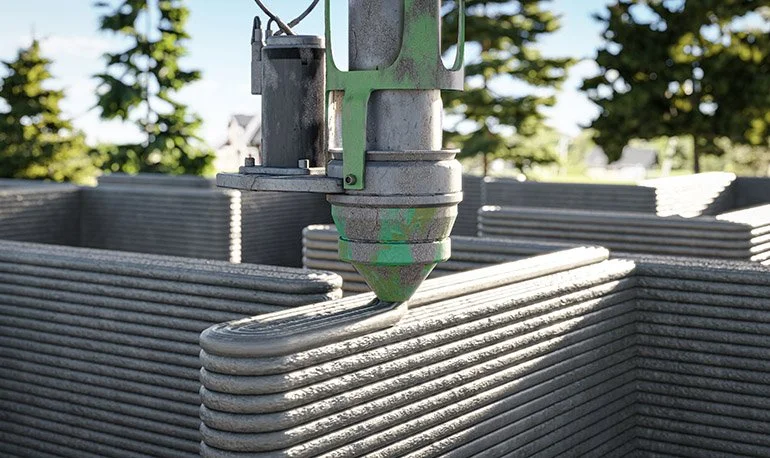ASTM Launches First-Ever Safety Initiative for Additive Construction Robots
ASTM International has announced the formation of a new Additive Construction Robot Safety Task Group within committee F45, marking the organization’s first dedicated effort to address the safety challenges posed by rapidly expanding construction robotics.
As robotic 3D printing, automated material handling, and site-level automation move from research labs into active jobsites, the industry faces rising safety concerns. The new task group aims to develop best practices, guidelines, and potential standards to ensure safe robot design, deployment, and operation across additive construction environments.
“This convergence of additive construction and robotics is happening faster than anyone expected,” said Aaron Prather, director of robotics and autonomous systems programs at ASTM International. “Now that these systems are leaving controlled test sites and entering unpredictable, human-dense construction environments, the risks—and the opportunities—demand a coordinated safety framework.”
Led by Purdue University’s Sogand Hasanzadeh and Ph.D. researcher Jorge Rojas, the group has already begun collaborating with NIOSH’s Construction Safety team to evaluate emerging hazards. Hasanzadeh notes that while robotic construction promises gains in productivity, labor capacity, and workforce sustainability, it also introduces new classes of risks that require proactive planning. “This field is evolving quickly,” she said. “We need robust safety guidelines to ensure responsible growth and protect workers.”
The task group convenes experts from academia, labor unions, industry leaders, and government agencies—including Purdue, the Laborers’ International Union of North America, and advanced construction robotics companies. Their work will emphasize human-robot interaction, environmental variability, system reliability, and practical jobsite conditions.
The group will also coordinate closely with ASTM’s F42 committee on additive manufacturing to align robotics safety with material and process standards, helping shape broader frameworks that could inform future guidance for OSHA, NIST, and other regulators.
“This is about building confidence in the next generation of construction,” said Babak Zareiyan of Wohlers Associates. “Clear expectations for safe robot operation will accelerate adoption, protect workers, and unlock new innovation.”
Participation is open to researchers, industry experts, and organizations involved in construction automation, robotics, and occupational safety. Interested contributors can learn more and apply through ASTM International.

